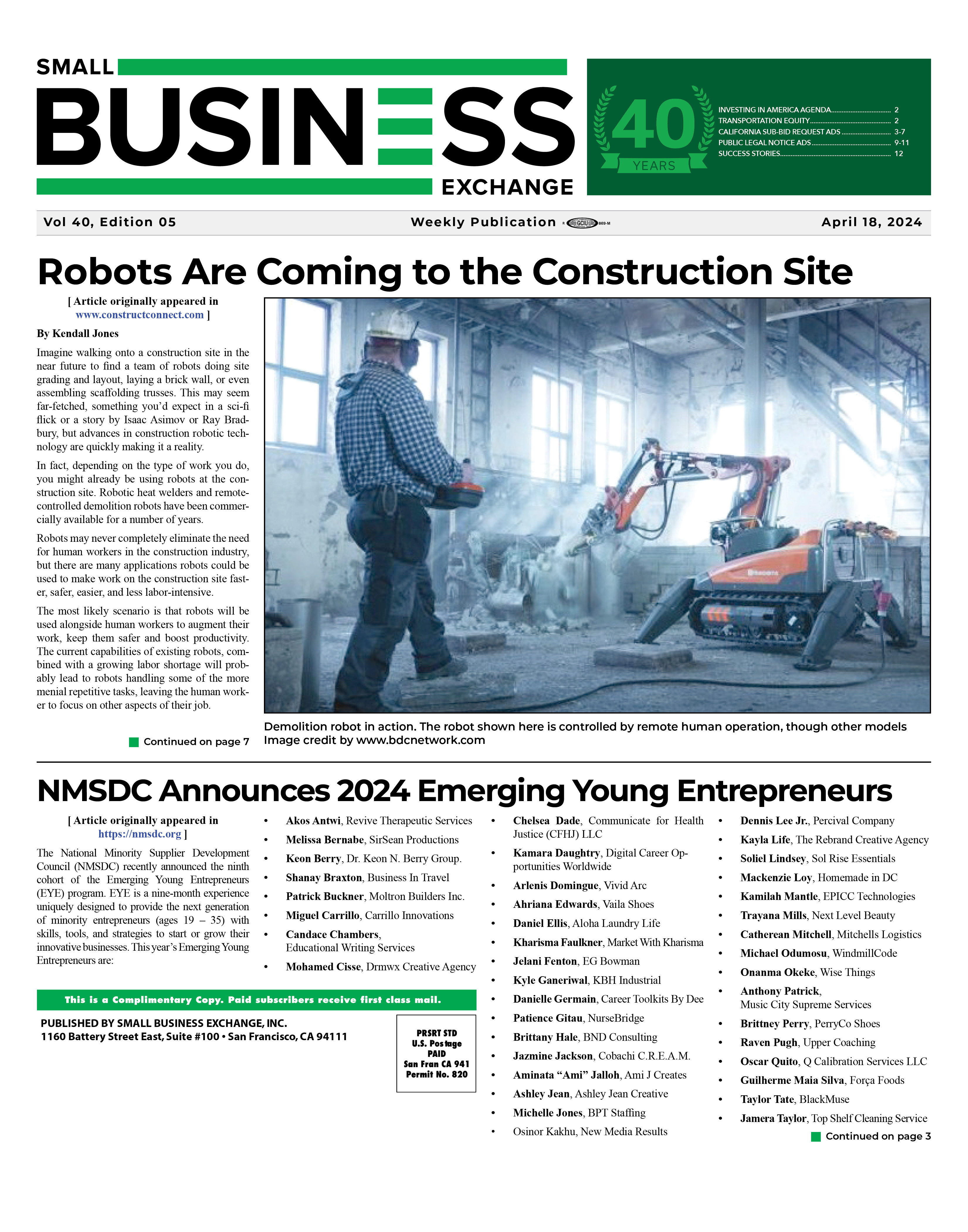Here’s why embracing a recurring, streamlined qualification process focused on risk mitigation (not just eradication) will better prepare your organization for challenges you’re likely to face in the coming years.
|
|
It’s time to reexamine your subcontractor qualification process
05/24/2019
There’s a growing understanding among general contractors that picking the right subcontractors is crucial to keeping increasingly complex construction jobs on track. But with overextended subcontractors making schedule delays, manpower issues, and defaults more common — plus the threat of an economic recession looming — there’s never been a better time to reexamine your subcontractor qualification process. Defaults are on the rise (and more common than you might think)The construction industry continues to see growth in several spending categories, but more work for subcontractors naturally produces more contractual defaults. As one of our favorite anecdotes goes: today’s subcontractor defaults don’t happen from starvation — they happen from overeating. Otherwise put, most subcontractors aren’t prepared to take on extreme growth, but they do so anyway, leading to overextension and under-capitalization. This is why continually getting timely, audited financial statements and using a standardized financial assessment to evaluate subcontractors is a key step in the qualification process. If you want more proof that addressing subcontractor default should be a top priority in today’s construction industry, just take a look at the sharp rise of SDI (subcontractor default insurance) carriers available in the market. Until 2012, Zurich was the only insurer that offered SDI. However, with recent entrants to the market, there are now over a half-dozen carriers doing so, including newcomers like Berkshire Hathaway and market leader, AXA XL. The proof in the efficacy of SDI is already out there for general contractors, and according to Marsh, the market is also expanding into owner/general contractor combined programs. The first such project netted $3 million in savings based on insurance premiums that were successfully avoided.  Now’s the time to recession-proof your organization2019 has seen some impressive month-over-month growth rates, with U.S. construction spending posting its biggest increase in 9 months this past March. At the same time, residential construction spending is beginning to make experts nervous. Economists predict growth will continue in construction spending, but at a slower rate than previous years. So while spending is at an all-time high, growth numbers are slowing down — a trend many experts interpret as a sign the market is headed towards a recession. That’s likely why the 2019 AGC/FMI Risk Management Survey focused on how general contractors can best recession-proof their organizations. The report argued that now, while spending is at an all-time high, is the perfect time to put a recession plan in place. One of the best ways to start is to establish a better qualification process that takes every possibility into account. While qualification can prevent crippling subcontractor defaults, it won’t eradicate them completely. Therefore, a sophisticated approach is important to reduce the scale of default and help your organization recover more quickly. It’s all about risk mitigation — not risk eradicationLet’s be clear: we know that sometimes you have to work with risky subcontractors, and not all defaults can be prevented. That’s why it’s important to have a qualification process in place that focuses on loss prevention and helps you proactively reduce the scale of defaults when subcontractor risks become realized. Analyzing and assessing the risk of subcontractors is a great start, but your qualification process needs to lead to the implementation of effective mitigation plans. TradeTapp makes that easy with automated workflows for product features to create, save, and track risk mitigation plans on all of your projects. Even if at the beginning of a project a subcontractor looks safe, it’s a good idea to put a plan in place to check in on them as the project progresses. They may have enough capital to take on the project, but what if they start another project midway through yours? Prequalification is necessary, but it’s not sufficient. Sometimes even the best prequalification and in-process management can still leave a general contractor with a troubled subcontractor. To thoroughly manage risk, even a subcontractor that is qualified at the outset of a project must still be managed throughout it.  Wrap-upToday more than ever, qualifying subcontractors is crucial for the preconstruction phase. A formalized financial assessment is no longer just a function of the biggest general contractors — it’s being adopted across the entire industry. While spending continues to climb in 2019, a qualification process can help protect you from selecting over-extended subcontractors. At the same time, that qualification process you put in place to protect you today can be the first step in your recession-proof plan for the future. Thankfully, technology has advanced to the point where it’s now easy to set up a robust, recurring qualification process that integrates with your estimation workflows. For more information on how it all works, check out our post, Part 1: Why we integrated TradeTapp and BuildingConnected to foster collaborative risk management. SOURCE: https://blog.buildingconnected.com/its-time-to-reexamine-your-subcontractor-qualification-process/Back To News |
|




